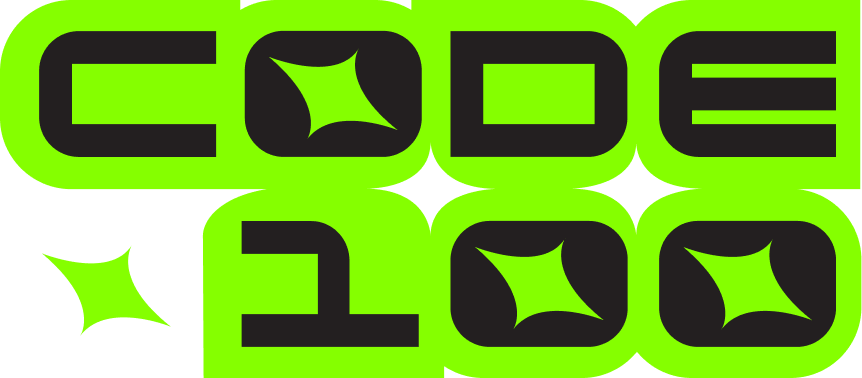Amsterdam CODE100 Quiz and Knowledge rounds
Audience Shout Out Rounds
Shoutout Block 1
How many arrays with how many elements does this console.log() return?
function A() { return [[1,2,3],[4,5,6],[7,8,9]] }
function B() { return [1,2,2,5] }
function C() { return [1,4,4,2,[1,1]] }
console.log( [...new Set(
[ B(), C(), A() ].map (
e => e.flat()
).flat()
) ] )
Answers:
- Three arrays with 3 elements
- One Array with 9 elements (correct answer)
- Seven arrays with 9 elements
- One array with 19 elements
Solution: One array with 9 elements. Each array gets flattened into a single one and the result is turned into a Set, returning only the unique elements. The last flat() turns it into one array. It is the classic question of “If you have 1 hay stack and you add two haystacks to it, how many do you get?”
Shoutout Block 2
What does the following CSS do?
img:not([alt]){
border: 2px solid firebrick;
}
Answers:
- Nothing, it’s a syntax error
- Pads all German images that have been uploaded lately
- Flags up images without alternative text by adding a border around them
- Adds a red border around all images without an alt attribute (correct answer)
Solution: the not() selector checks if an image has an alt attribute and if it does not it adds a border around it. You can still provide other ways to give an image alternative text than the alt attribute, hence it’s not the third option.
Shoutout Block 3
How many of the following are not valid named CSS colours:
Powderblue, Papayawhip, Honeydew, Peru, Greysmoke Blanchedalmond, Pistachio, Chocolate, Snow, Bisque Gainsboro, Milkshake, Lavender, Peachpuff, Ivory, Ebony
Answers:
- All are valid
- 4 (right answer)
- 8
- 7
Solution: Greysmoke, Milkshake, Ebony and Pistachio are made up. Amazing if you think about Ivory being a valid one. If you feel like playing a game with named colours, I (made one some time ago](https://codepo8.github.io/css-colour-names/).
Shoutout Block 4
What does the following CSS do?
a[href^=http]::after {
content: " ↗";
}
Answers:
- Syntax error, this doesn’t do anything
- Checks if links are valid and hides those that aren’t
- Adds an arrow to each link using http instead of https as the protocol
- Adds an arrow after each external link in the document (correct answer)
Solution: The selector matches links with an href attribute that starts with http and adds an arrow after them. Unless you have gopher or ftp links that should match them all.
